Inside a cramped room with bright red carpets, now covered in soot, Shaheen (name changed) sits in the middle of the crowd with her two-year-old son. She hugs him again and again as she recounts the previous night when she ran with him in her arms as the sound of gunshots inched closer.
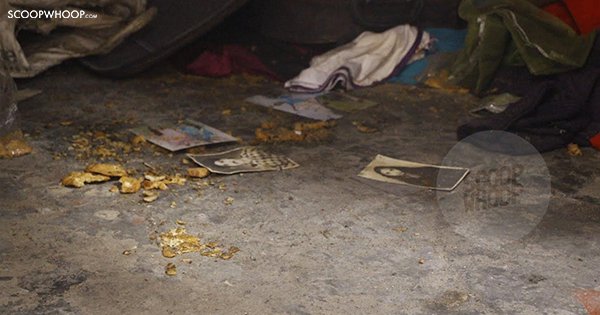
But, as she turned around to look for her husband, all she could see was that her house was up in flames and her husband was nowhere to be found. All this while, her son, playing with the Parle-G biscuit in his hand, looks innocently at his mother, unaware that his life would possibly never be the same again.
In this colony with over 200 houses, sheltering roughly 400 residents, guarded by some 100 BSF officials, all I could hear was silence, a deafening one. A silence of resentment, of fear, a silence that’s not quiet or calm, almost anxious, the kind that is climatic in nature. A deafening silence prevailed across Shiv Vihar’s phase 7.
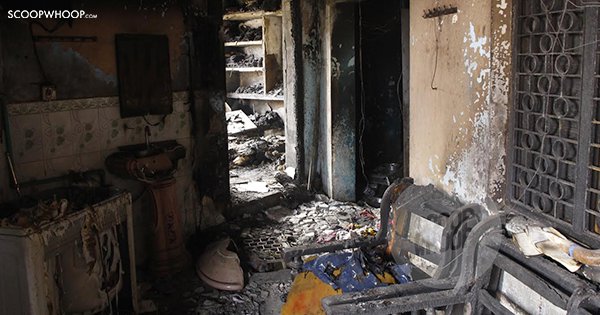
As an army kid for whom the sight of guns and uniforms was common, I felt suspicious, uneasy and a sense of distrust when I saw security forces in every nook and corner. Was I even safe here? Although the drive from my office to North East Delhi was roughly an hour-long, the destruction, rows of moving buses with police officials, the barricades, the peeping of residents from their windows made me feel like I was in a war zone.
But this was Delhi, the national capital of India, my home. How could this be happening so close? Up until now, I have been a passive consumer of history. Today, as I picked up my camera to document the tragedy, I’ve suddenly become an active spectator.
Hamid (name changed), seeing the camera and mic in our hansd, came running towards us with teary eyes. He was relieved to see someone who cared enough to listen to what he had to say. “Mere bhai ko mere aankhon ke saamne goli maardi aur main kuch nahi kar saka” (My brother was shot dead in front of my own eyes and I couldn’t do anything), he said.
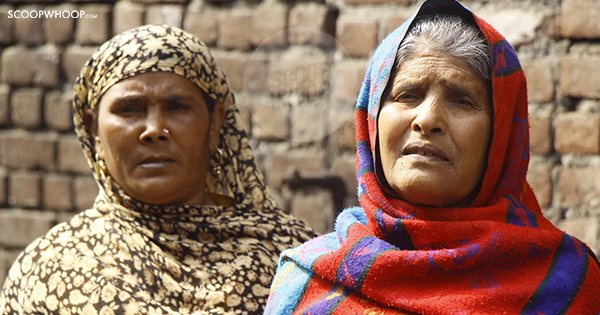
Hamid had to fake his religious identity to save his own life and ran desperately from one street to another in search of his family members. After he finally found people from his locality, he said, “Uss din agar kisi ko pata chal jata ki mein asli mein kaun hun, shayad mein vahin maara jata” (If anyone found out what my true identity was, then I would have been killed on the spot).
How often does it happen that I notice the sound of my own footsteps? Never.
As I walked inside the rickety lanes of Shiv Vihar, the visuals in every room of every house had a story to tell. Be it the wedding cards of Asad and Aisha or touching-the-tip-of-Taj-Mahal photos of a family, these people had their lives laid on the streets. A half-burnt certificate of a second grader for winning a handwriting competition stared at my face.
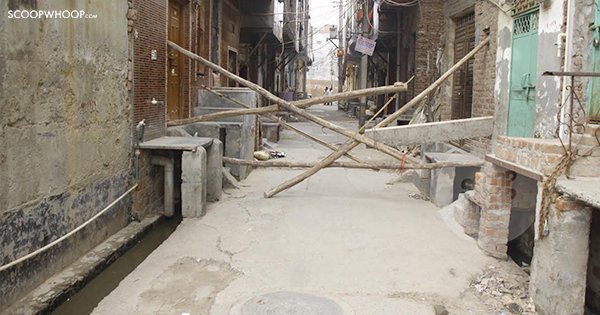
These were names and faces of people I’d never met or seen but there was a thread of connection. I’d done the same things, been to the same places but my house wasn’t on fire, my photos weren’t scattered. I was alive. But Shaheen’s husband, Hamid’s brother and many others of Shiv Vihar were not.
The streets that would have once been bustling with activity and a routine life now looked like a set from Wall-E. The only difference between the two was that Wall-E is a science fiction Disney film but where I found myself standing happened to be the national capital of India.
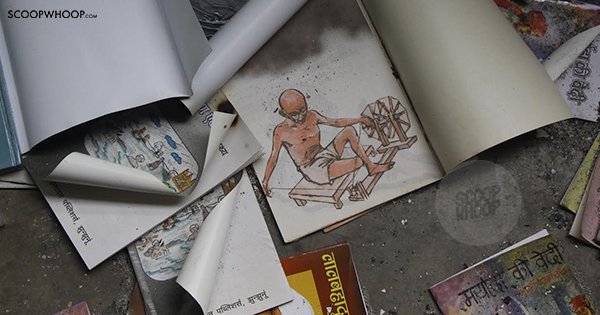
I couldn’t help but think what would it take for those people to ever gain the courage to come back to their own houses? And even if they did, would they ever feel safe again in their own homes at night?
A young man, Adarsh (name changed) took us to a dark room with food grains scattered all around with shelves smashed and locks broken—a room that was once his shop. As we walked in, we could hear glass break into pieces under our shoes. Lakhs of his hard-earned money, a lifetime of his earnest work and livelihood was destroyed by nameless and faceless people.
He picked up bags of wheat one after the other in distress to show his loss. “Mere papa, main aur mere bhai ye dukaan chalate the, magar humare paas ab kuch nahi bacha. Kya karein ab hum?” (My father, my brother and I used to run this shop but we have nothing left anymore), said Adarsh as he sat and stared at years of his hard work that was in ruins.
Countless such stories were trapped in the gallis and houses of North East Delhi.
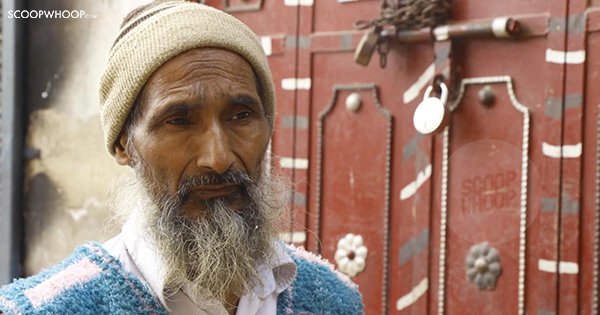
As the sun began to set and the darkness began to extend into the gallis, there was a sign of relief. We wrapped up and went back home. Away from Shiv Vihar, away from the violence, away from all the suffering. As I entered my house, warm food was waiting for me with someone to serve it. It was as though a film had just ended. Life went on as normal in one part of the city while another’s definition of normal had changed entirely. While I ate hot rotis and sipped on water, I switched on the TV.
News channels were having their prime time debates with people deciding if what happened in Delhi was a riot or a pogrom, who was to be blamed, what Modi and Kejriwal should do, etc. When all this was going on, I was reminded of one line that Adarsh said. He said “yeh ladai Hindu ya Musalman ne nahi shuru ki hai, yeh ladai insan ne shuru ki hai, aur voh hi bhuktega” (The violence wasn’t started by a Hindu or a Muslim, it was a human being and only he will bear the brunt of it).
Photo credits: Kartik Nijhawan

















